Australia’s renewable energy sector is experiencing a rebound in investment and construction this year after a slowdown in 2023. According to the Clean Energy Regulator, the country is expected to add over 7 gigawatts (GW) of renewable energy capacity in 2024, up from 5.3GW last year. Despite this progress, experts warn that growth needs to accelerate significantly to meet the Albanese government’s ambitious 2030 renewable energy goals.
Dylan McConnell, an energy systems researcher at the University of New South Wales, dismissed claims that the energy transition has stalled. “It is happening, it just needs to speed up,” he said, highlighting the ongoing momentum. The new capacity is split evenly between rooftop solar installations and large-scale renewable projects.
Australia continues to lead the world in household rooftop solar installations. The Clean Energy Council reports that by the end of this year, rooftop solar capacity will exceed 25GW, outpacing the 21.3GW capacity of the country’s coal-fired power plants. More than 3.7 million homes and small businesses are now equipped with solar systems, further solidifying Australia’s renewable energy leadership.
The most significant shift this year has been the resurgence of large-scale solar and wind farm construction. In 2023, investment in these projects had fallen, but the sector has seen unexpected growth in 2024. The Clean Energy Regulator anticipates between 3GW and 4GW of new large-scale solar and wind power coming online by year’s end.
Chris Bowen, the minister for climate change and energy, said that the latest data proves the renewable energy plan is on track. The national grid supplying Australia’s five eastern states is expected to operate on 42% renewable energy this year. Bowen pointed to the government’s pledge to underwrite 25GW of new solar and wind projects as part of its broader goal to achieve 82% renewable energy by 2030.
The Albanese government decided not to expand the legislated renewable energy target, which was reached last year, but continues to drive large-scale investment through other initiatives. In the first half of 2024, final investment decisions were made on 1.8GW of new large-scale renewable developments, surpassing the total commitments of 2023.
Despite these gains, Bowen warned of potential risks if renewable energy investments are reduced. He criticized opposition leader Peter Dutton’s proposal to limit investment in renewables and eventually build nuclear power plants. Bowen argued that this approach could lead to energy supply shortages and blackouts, leaving Australia’s power grid vulnerable.
Dutton recently spoke about his support for nuclear energy but did not provide concrete details about his plan. He promised to release more information, including cost projections and blackout prevention strategies, before the next election. For now, the focus remains on scaling up renewable energy to meet Australia’s ambitious climate goals.

